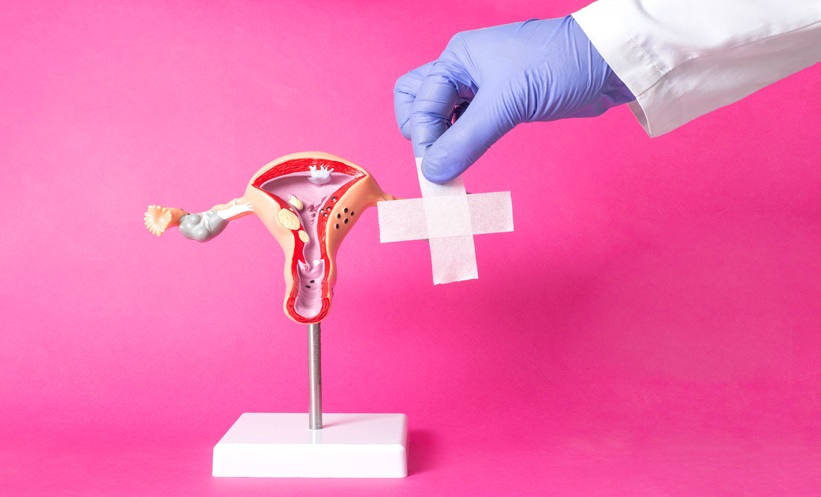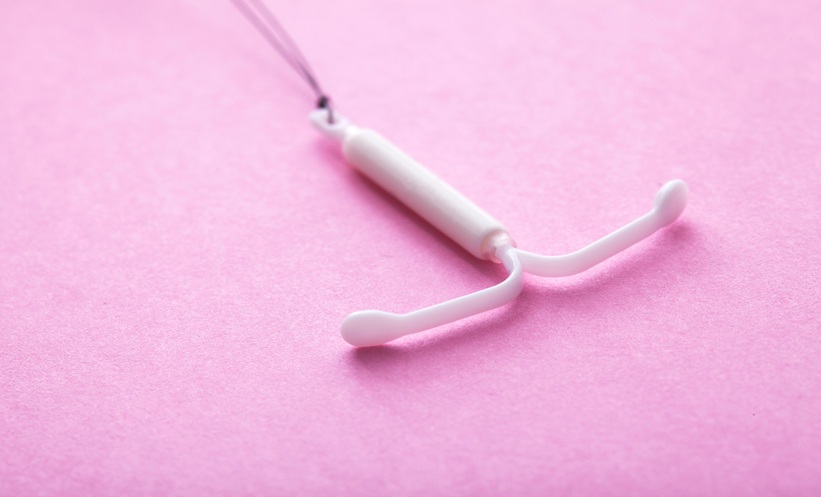A NEW cohort study reveals significant racial and ethnic disparities in uterine fibroid diagnoses, with particularly elevated rates among Asian subgroups, an area previously underexplored in clinical research.
Using data from nearly 2 million patients within the Kaiser Permanente Northern California (KPNC) health system between 2009 and 2022, the study found that fibroid diagnosis rates were 71% higher for South Asian patients, 47% higher for East Asians, and 29% higher for Southeast Asians compared with non-Hispanic White patients. Black patients had the highest diagnosis rates overall, more than three times that of White patients, while Hispanic patients showed a 37% increase.
Importantly, Asian patients were less likely than other groups to have symptoms coded in their medical records prior to diagnosis, suggesting potential differences in symptom presentation, documentation, or healthcare engagement.
“These findings highlight the need to better understand ethnic-specific risk factors and barriers to care,” said the authors. “The variability among Asian subgroups also underscores the importance of avoiding broad racial categories in research.”
While the study did not determine whether the diagnosis rates reflect true differences in fibroid prevalence or variation in care access and recognition, it reinforces the need for equitable screening and culturally sensitive patient engagement strategies.
Reference
Mitro SD et al. Uterine Fibroid Diagnosis by Race and Ethnicity in an Integrated Health Care System. JAMA Netw Open. 2025;8(4):e255235.








